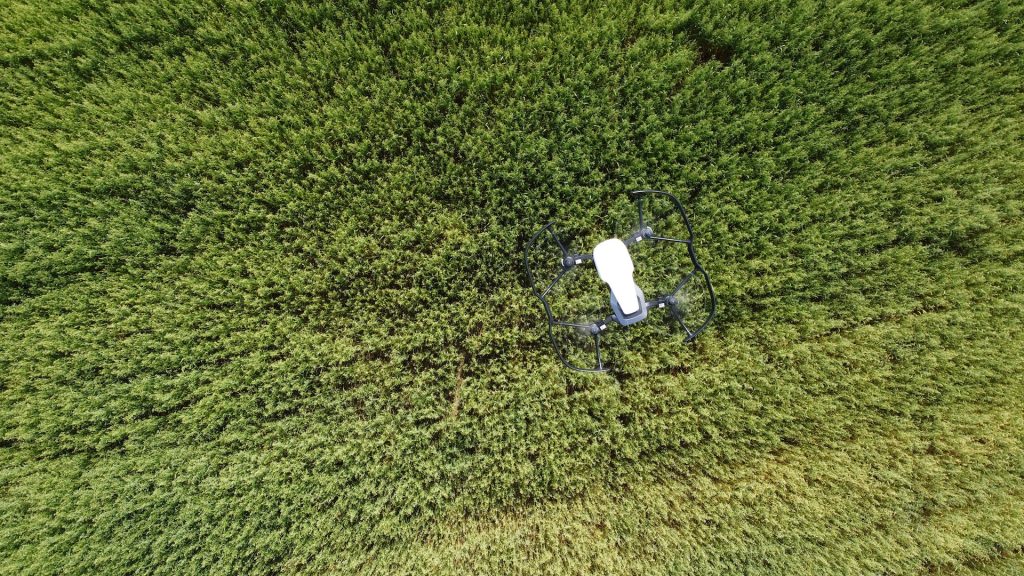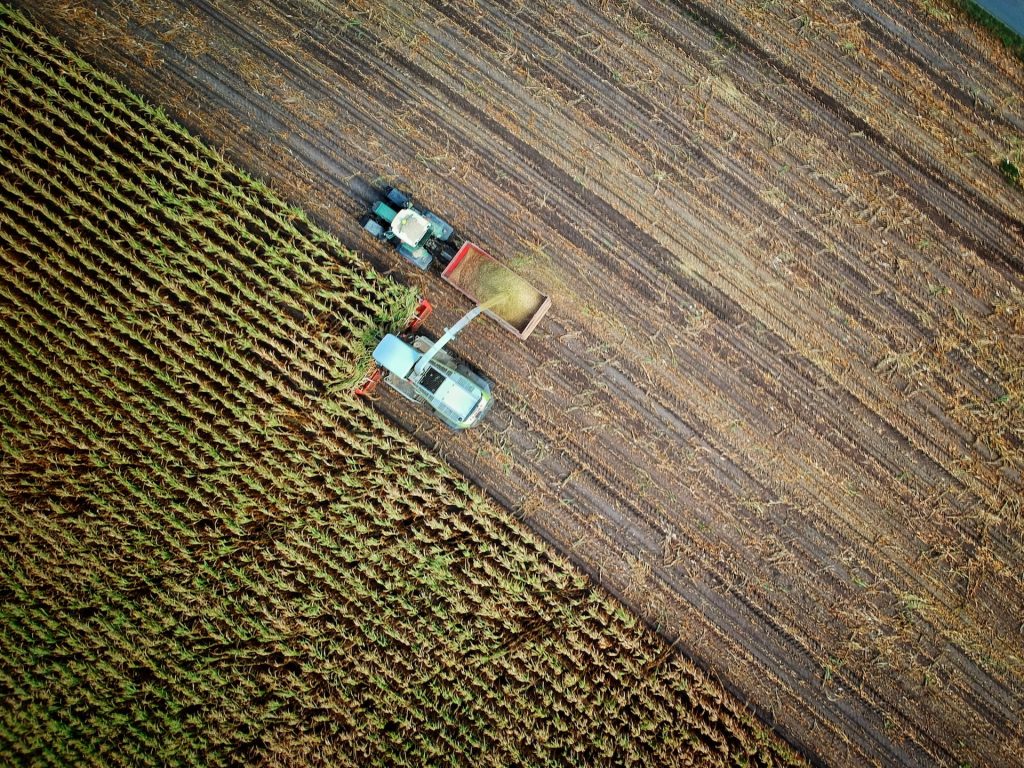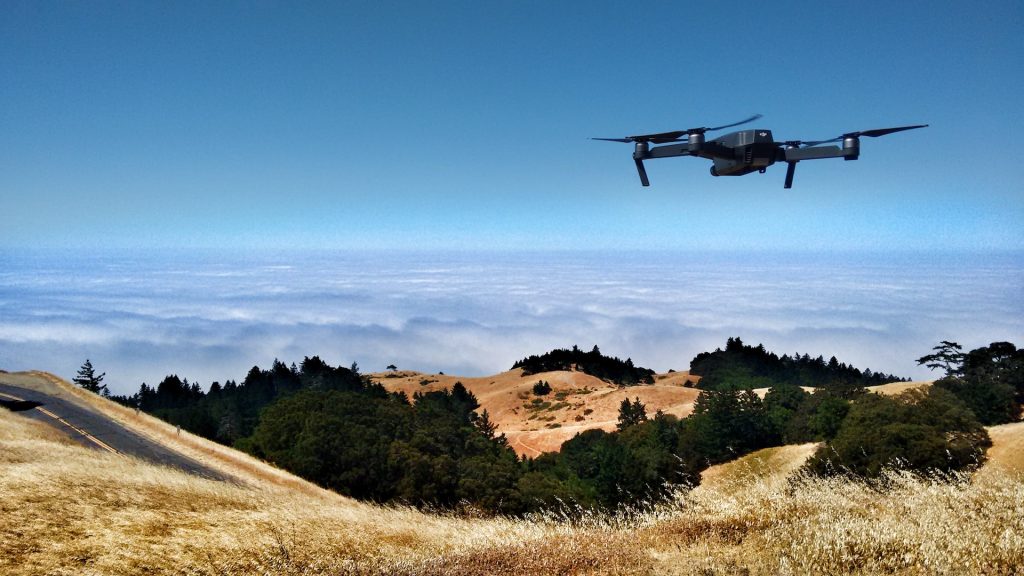As you wander through the expansive cornfields of the Midwest, you might suddenly be startled by a remarkable sight – small drones dancing gracefully above the fields. Behind this aerial ballet is Taranis, a company determined to revolutionize agriculture with its “A.I. powered crop intelligence solutions.” Drone technology, which is becoming more sophisticated and cost-effective, could have a significant impact on farm management. To get a better understanding of this transformative potential, let’s take a closer look at the intersection of drones and agriculture.

Drones Beyond the Horizon
Drones, once confined to the realms of military applications and recreational aerial photography, have transcended their initial boundaries. Today, drones find diverse applications, from capturing picturesque moments at outdoor weddings to providing captivating aerial views for real estate sales. In agriculture, drones are not merely passive observers; they are active participants in a battle against yield-robbing adversaries like pests, weeds, and diseases. However, the battlefield extends beyond pest control. Drones have emerged as powerful tools for meticulously tracking crop growth, identifying nutrient deficiencies, and, consequently, influencing crucial farm management decisions.
To comprehend the significance of this technological stride, it’s essential to step into the shoes of a modern row crop farmer. These individuals, often overseeing thousands of acres across numerous fields, navigate a complex web of decisions each season. From selecting the right crop varieties and managing soil health to devising pest control strategies, every choice carries economic consequences and affects the final yield’s productivity and quality. It’s a challenging role, requiring constant adaptation to unforeseen weather patterns and an ever-changing market.
Farmers in a Networked Landscape
Farmers, resilient and resourceful, seldom navigate this complex terrain in isolation. They form networks, sharing insights and experiences to enhance their collective knowledge. Local universities and extension resources contribute valuable applied research, and farmers often seek the expertise of trusted advisors – agronomists or crop consultants. These advisors, frequently affiliated with local cooperatives or ag-retailers, provide recommendations tailored to the specific characteristics of each field. While the potential conflict of interest looms – as these advisors may also sell the farmers the necessary inputs – trust builds over time based on the economic results derived from the guidance.

Taranis’ Aerial Symphony in Agriculture
Taranis, founded in Israel in 2015 and headquartered in the U.S. since 2020, has embarked on a mission to integrate drone technology seamlessly into the fabric of modern agriculture. In collaboration with progressive trusted advisors, Taranis facilitates drone-based monitoring of vast farmlands, capturing images of crops throughout the growing season. This is not a one-size-fits-all approach, as advisors work out cost-sharing arrangements to make this technology accessible, with costs ranging from $10 to $18 per acre.
As of 2022, Taranis monitors a staggering 3 million acres of farmland, collaborating with a network of hundreds of drone operators certified by the FAA for commercial drone piloting. The drones, equipped with sub-millimeter resolution cameras, capture detailed images every 10 to 12 days, providing an intricate view of the crop’s development. These images unveil a world of insights, from tracking insect infestations and weed invasions to identifying crop nutrient deficiencies and stress indicators.
Harvesting Insights
While the drone technology excels in monitoring above-ground phenomena, the complexities below ground are not neglected. A single corn field, for instance, can have nearly 30,000 indicators – the corn plants themselves. Post-season, advisors and farmers engage in a collaborative review, analyzing the wealth of information gathered. This iterative process of learning from each season’s data serves as a foundation for refining strategies and making more informed decisions in the future.
Moreover, Taranis extends its capabilities by offering benchmarking comparisons, allowing farmers to gauge their performance against anonymized data summaries from other farms in the region. The cumulative knowledge base created with each season propels the technology toward even greater sophistication.
Cultivating Trust and Innovation
The introduction of drone technology into agriculture not only enhances the trust relationship between progressive farmers and advisors but also attracts young, highly qualified talent to the industry. The potential for this technology to extend its reach to other crops and regions sparks optimism, especially in the face of the challenges farmers increasingly confront due to climate change.

In the wide open farmlands of the world, every choice carries economic consequences. As drones gracefully traverse the horizon, they carry with them the promise of a future where technology becomes an ally in the hands of those steering the course of agriculture.





